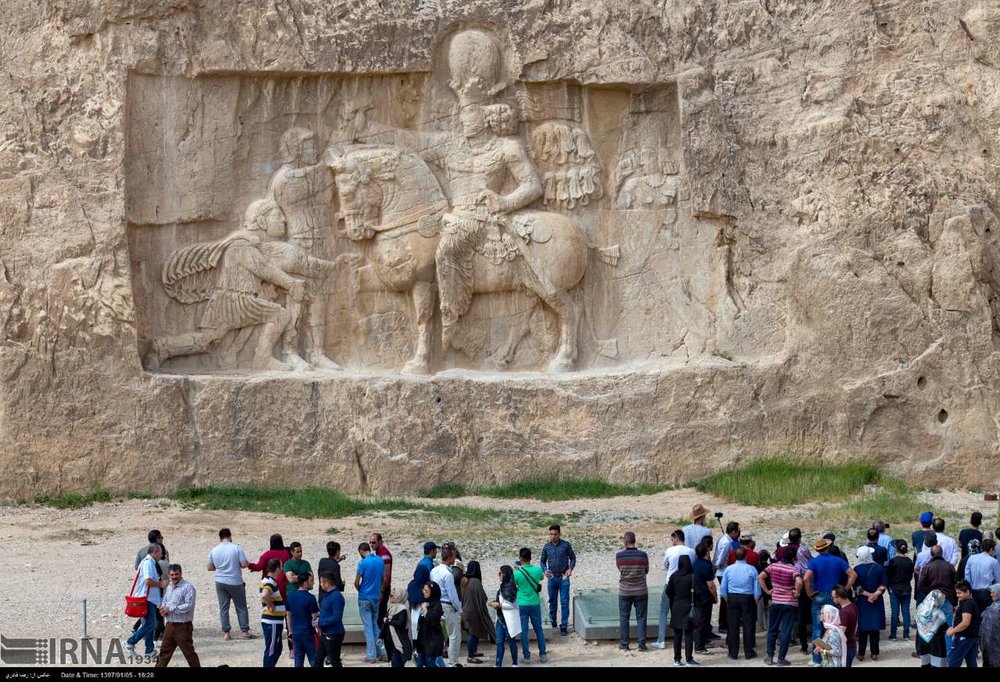Iran’s ensemble of Sasanian cities gets UNESCO world heritage status

TEHRAN - The UN cultural organization added an ensemble of Sasanian historical cities in southern Iran to its world heritage list, bringing the number of heritage sites in the country to 23.
The World Heritage Committee voted in favor of the privilege on Saturday during its 42nd session, which is being held in Manama, Mehr reported.
The dossier gained approval despite containing some defects already mentioned by the International Council on Monuments and Sites (ICOMOS), the report added.
Titled “Sassanid Archaeological Landscape of Fars Region”, the property comprises several Sasanian-era (224–651) sites, namely Bishapour, Firouzabad and Sarvestan that are located in Fars province.
The ensemble embodies political, historical, cultural and artistic developments of the mighty Sasanian Empire, which is deemed as one of the leading world powers alongside its neighboring arch-rival the Roman-Byzantine Empire.
According to Britannica, under the leadership of Ardashir I (reigned 224–241), the Sasanians overthrew the Parthians and created an empire that was constantly changing in size as it reacted to Rome and Byzantium to the west and to the Kushans and Hephthalites to the east.
Under the Sasanians, Iranian art experienced a general renaissance. Architecture often took grandiose proportions, such as the palaces at Ctesiphon, Firouzabad and Saravan.
Amongst most characteristic and striking relics of the Sassanids are rock sculptures carved on abrupt limestone cliffs, for example at Shapur (Bishapour), Naqsh-e Rostam, and Naqsh-e Rajab. Metalwork and gem engraving became highly sophisticated.
PHOTO: People visit a Sassanid-era bas-relief carving in Naqsh-e Rustam, an ancient necropolis near Persepolis in Fars province, southern Iran.
AFM/MQ/MG
